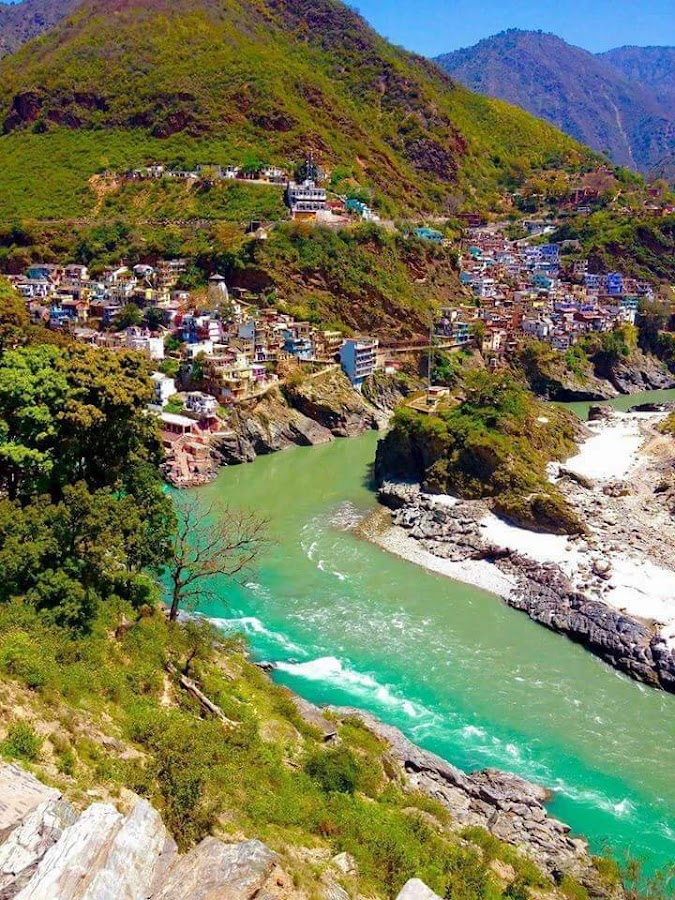
Bhagirathi River
Tehri Garhwal, India
- Capture stunning photographs of the landscape
- Enjoy scenic views along the riverside
- Take a holy dip in the river
- Visit Gangotri Glacier, the source of river
- Visit nearby temples and shrines
Known for:
Description:
The Bhagirathi River, originating from the Gangotri Glacier in the Himalayas, is a major source stream of the Ganges. In Tehri Garhwal, Uttarakhand, it presents a stunning spectacle of nature's raw power and serene beauty. Its turquoise waters carve through majestic mountains, offering breathtaking views and a sense of spiritual tranquility. The river is not only visually captivating but also holds immense religious significance for Hindus. Pilgrims and tourists alike are drawn to its banks for its purifying waters and the opportunity to connect with nature. The surrounding landscape provides ample opportunities for trekking, camping, and exploring the region's rich biodiversity. The Bhagirathi River is a must-visit destination for those seeking adventure, spiritual solace, or simply a respite from the hustle and bustle of city life. It's a place where you can witness the grandeur of the Himalayas and experience the profound connection between nature and spirituality.
History:
The Bhagirathi River's history is deeply intertwined with Hindu mythology and the story of the Ganges' descent to Earth. Legend says King Bhagiratha meditated intensely for centuries to persuade Goddess Ganga to descend from heaven and purify the sins of his ancestors. Lord Shiva then contained the force of the river in his hair, allowing it to flow gently to Earth. The river has been a vital source of water and sustenance for communities along its banks for centuries. In more recent history, the construction of the Tehri Dam on the Bhagirathi has been a significant event, sparking both development and controversy due to its environmental and social impacts. Despite these changes, the river continues to hold immense cultural and religious significance, attracting pilgrims and tourists who seek to connect with its sacred history and natural beauty.